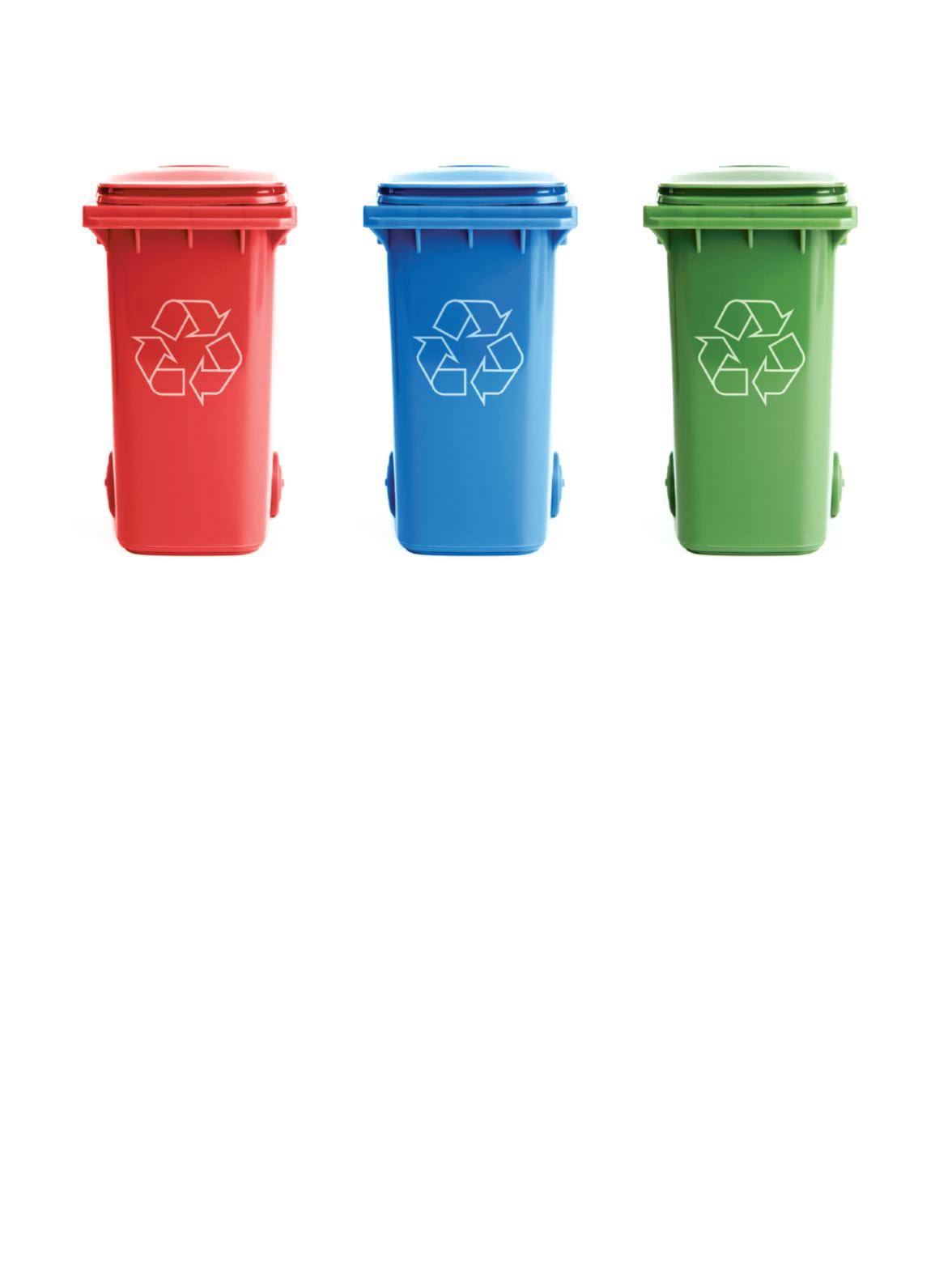

November 2015 //
Canadian Government Executive /
7
Innovation
Waste management routinely contributes about 10% of the call
volumes and 15% of the total traffic on the Region’s website. Given
the channel usage data, combined with the magnitude of the op-
erational changes, waste services was an obvious choice to focus
on.
Guiding this work was a deep understanding of our residents
derived from an analysis of the specific terms residents use when
searching online, what they do online, when and if they achieve
success, where they drop off if not, length of time on the site, and
why and when people call and email the Region. All of this data
is valuable to understand key tasks, citizen behaviour and the
voice of the customer. We also set very ambitious targets for digi-
tal uptake by designing a solution that would support and focus
all of the teams who had a role in the project in achievement of
those goals. In essence, this aided in not only rallying the team
to achieve a collective goal, but also helped us focus on keeping
things simple for the citizen.
2) Design and Build Using Agile and
Iterative Processes
In the past, like many public sector organizations, the Region
would use a traditional waterfall approach, collecting business
requirements to build citizen-facing digital systems. For this proj-
ect, the Region demonstrated a new approach, using an agile and
iterative citizen-centred design process.
The Region went through several design cycles, using pencil
concepts to online prototypes to test residents. Testing prototypes
with citizens not only uncovered important insights into informa-
tion flow and the citizen’s decision-making process, but also high-
lights required content supports. Through these iterations, we
eliminated major friction points, impacting citizen performance
and continuing to fine-tune in later iterations.
The Region also alternated testing between mobile and desk-
top versions to highlight different issues with citizens, and to
ensure that we designed with a mobile-first view. This was an
essential consideration since almost 40% of web visits to the Re-
gion’s website were via mobile and tablet devices. In addition,
the focus on a mobile design supported the significant reduction
of content and gratuitous visuals that tend to overwhelm designs
on small devices.
3) Staffing for Performance
New roles were required to drive a data and citizen-centred de-
sign process. This design approach was relatively new for the
Region, so it required new roles and skills. Some were found in-
house, while others were outsourced.
These new skills included digital analysis to garner insights
from behavioural data across all channels and measured the post-
launch success of targets that included: user experience design
to gather insights; design concepts and prototypes; information
architecture for website structure and application; digital mar-
keting to optimize the site for search engines and to drive traffic
to the site; responsive front-end design to build prototypes to test
and ensure accessibility, and structured multi-channel content
for concise, consistent and reusable content elements.
4) Build Digital Services and Not Websites
Although the Region’s focus was on self-service, our goal was
alignment across the full range of service delivery channels
to build a complete and consistent experience. In the past, the














